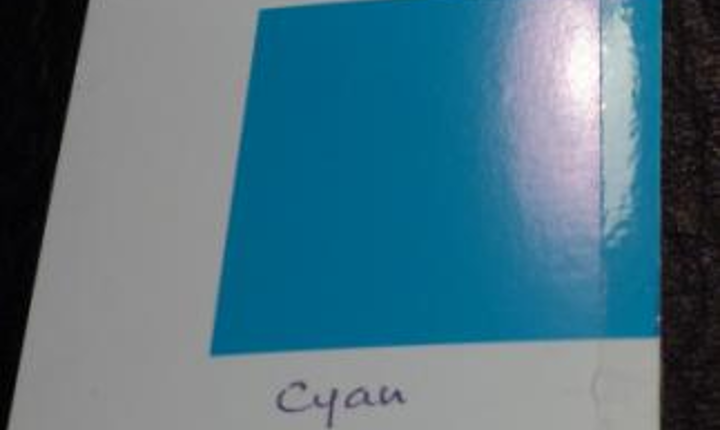Material Appearance and Image Analysis
Material appearance plays a central role in many domains, especially in (computational) printing, art design and visual diagnostics, where attributes as color, texture, brightness or translucency are of interest. The goal here is the analysis and prediction of such perceptual attributes from physical entities. Our objective approach combines photometry with image processing and, where appropriate, machine learning techniques. Models comprising light flux propagation and scattering are developed for this purpose.
Material appearance is here tackled by focusing on the optical properties of material structures as halftone or contone printings. We attempt to represent the light flux propagation and scattering by models having a small number of parameters, fast to calibrate. In this physical framework or in data-driven appearance modeling, optical measurements may be considered as a requirement for models validation. If spectral measurements allow a fine capture of the optical behavior of homogeneous scattering media in terms of color, hyperspectral imaging may give access to brightness for instance in the case of biological structures. In the case of challenging samples as colored translucent structures, some measurements set-ups may be especially required and designed.
The resulting descriptions may serve as input for CIE representations and metrics, and for perception models of the human visual system, to address visual attributes. Hereafter are detailed examples dealing with color, and for some of them additional attributes as brightness and translucency:

